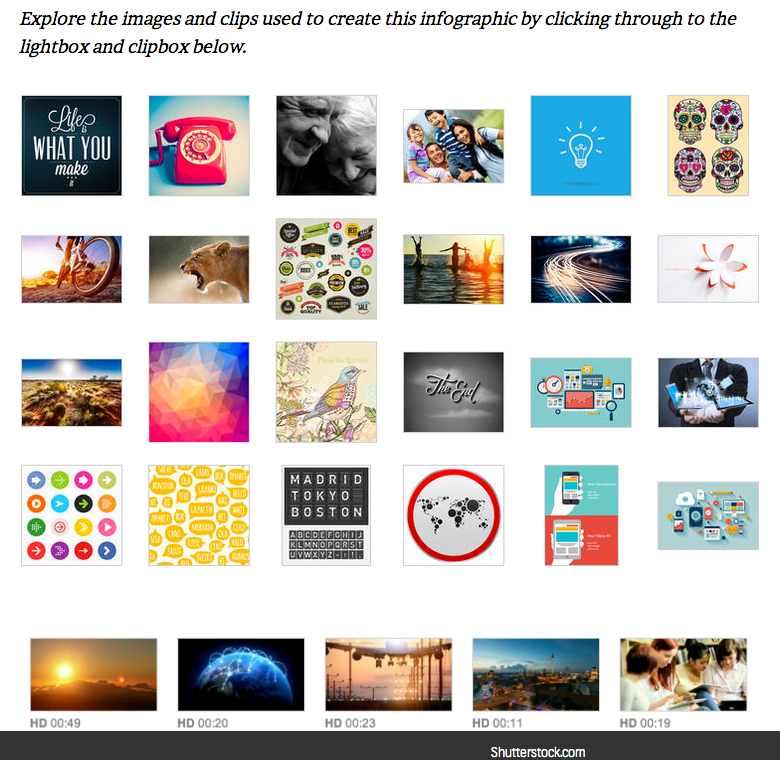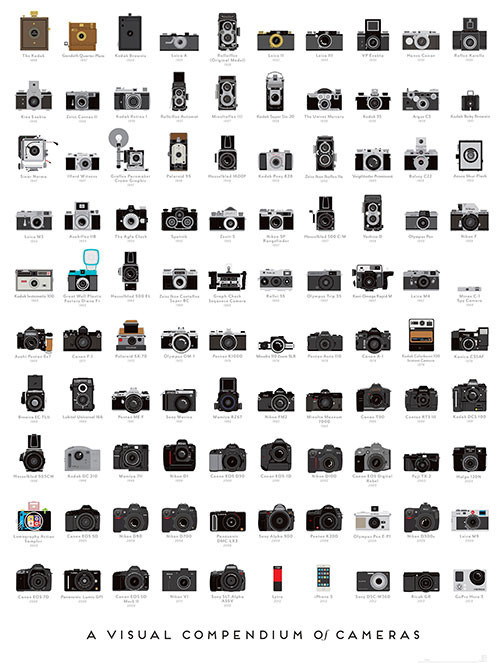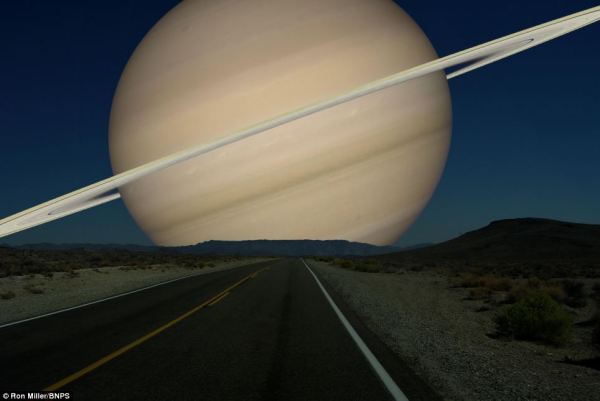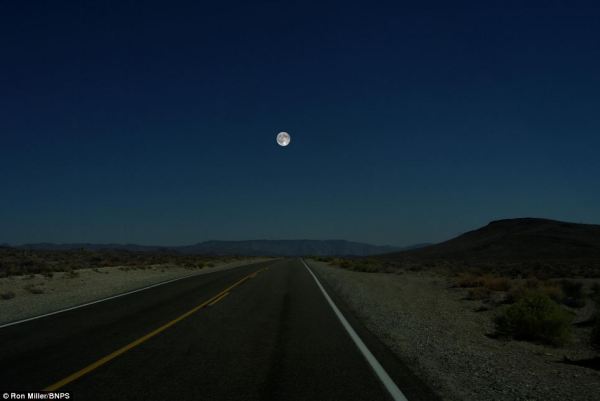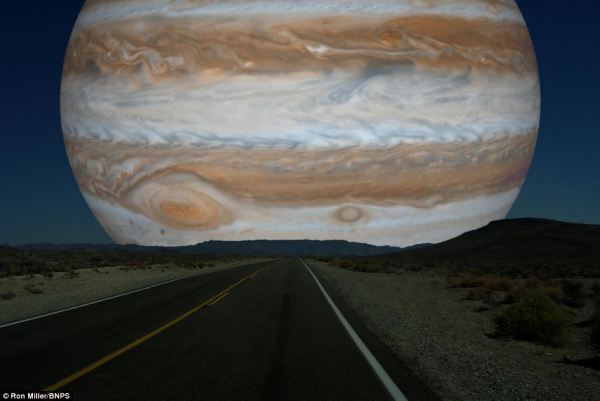
Kitchen Trends to Consider (and Avoid) for Your Remodel is a comprehensive infographic from The Home Depot, covering the current kitchen design trends and top reasons to remodel your own.
A kitchen makeover can seem daunting and out of reach, but simple updates to cabinets, countertops, and colors can help an old and ignored kitchen feel fresh, fashionable, and, best of all, functional.
The following infographic from The Home Depot gives expert designer Kerrie Kelly’s tips on the hottest trends in new cabinets, countertops, colors and accents, and pointers for how to take your kitchen from drab to fab. Kelly’s design advice (don’t be afraid of color!) as well as warnings against what to avoid (go easy on the patterns), will give you all the latest in kitchen remodel trends. From the light, airy look of white cabinets, to the natural, organic look of elements like limestone and forestry, there is a trendy style for every taste.
And if keeping up with DIY television shows isn’t enough reason to get started, we’ve got three essential reasons for you to roll up your sleeves and get moving on your kitchen renovation. An updated kitchen affects your biggest investment — your home — as well as your quality of life. (Hint: Did you know that 90 percent of people report a greater desire to be home after a remodel?) Read the infographic for more reasons to get started, and visit this remodel planning guide for actionable ideas and advice.
Generally, I recommend against using photos in an infographic design, but the use of photos here is crucial to communicating the different design trends and kitchen looks. The combination fo photos with simple, one-color data visualizations works very well, and clearly communicates the different aspects of each design and function.
This is also a fantastic case-study in choosing an infographic topic that is compatible and related to your business. This isn't an advertisement for Home Depot, linking to specific products on their site. Instead, it's informative to consumers and actionable information they use to make their own purchase decisions. The information included is valuable to everyone that has a kitchen, and is likely to be shared often.
Thanks to The Daily Meal for sharing the infographic!









 Randy
Randy








